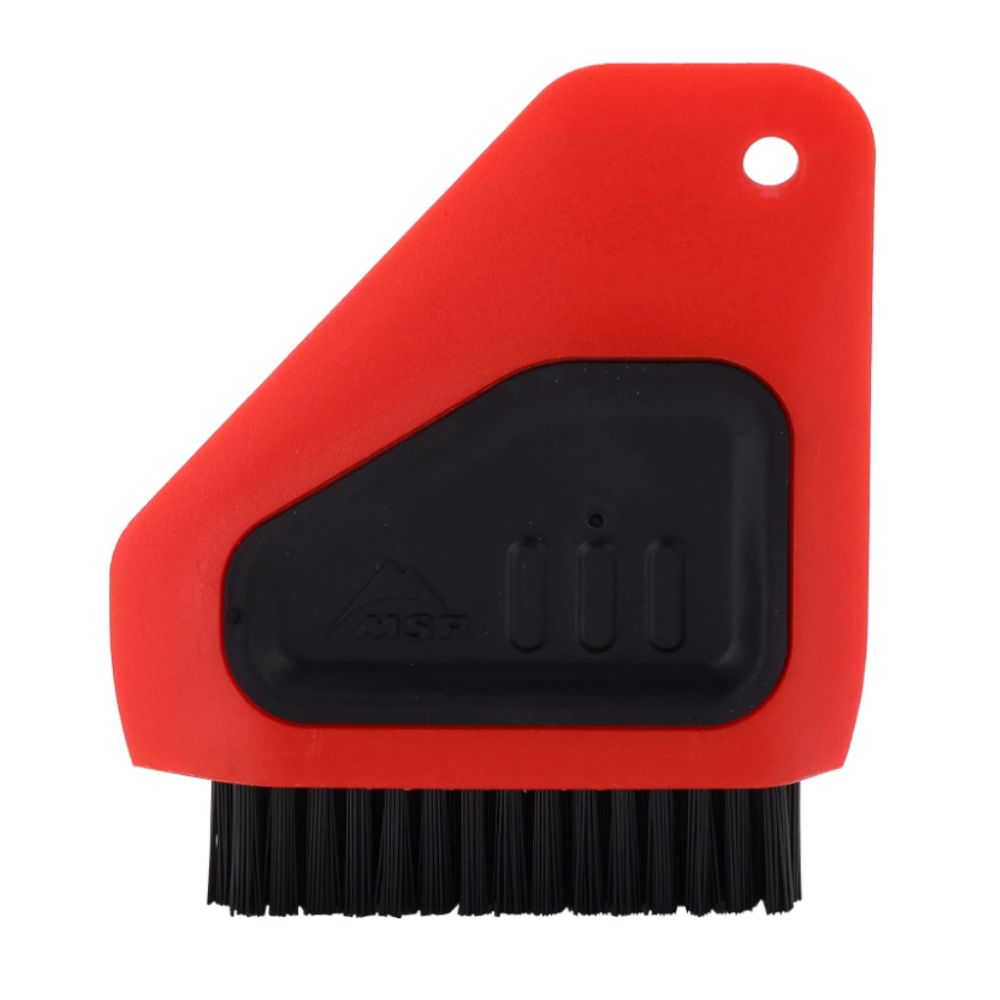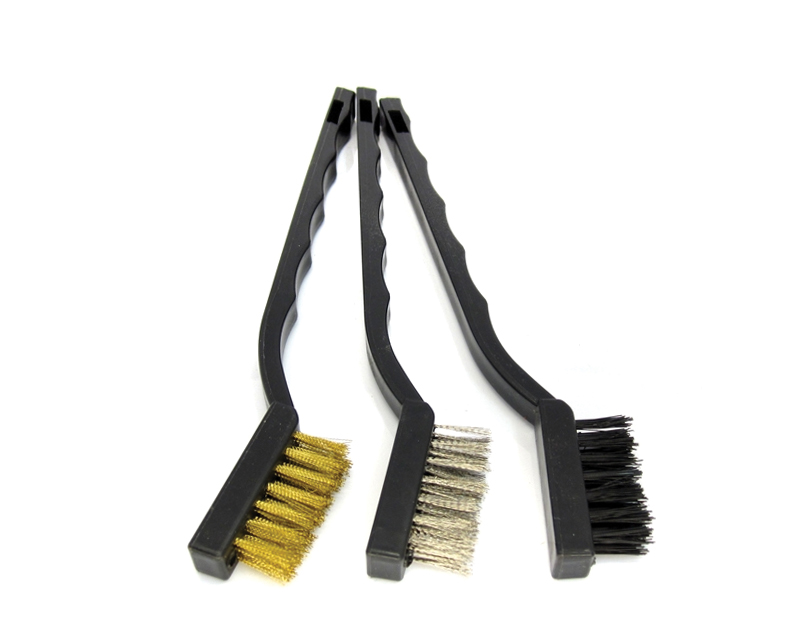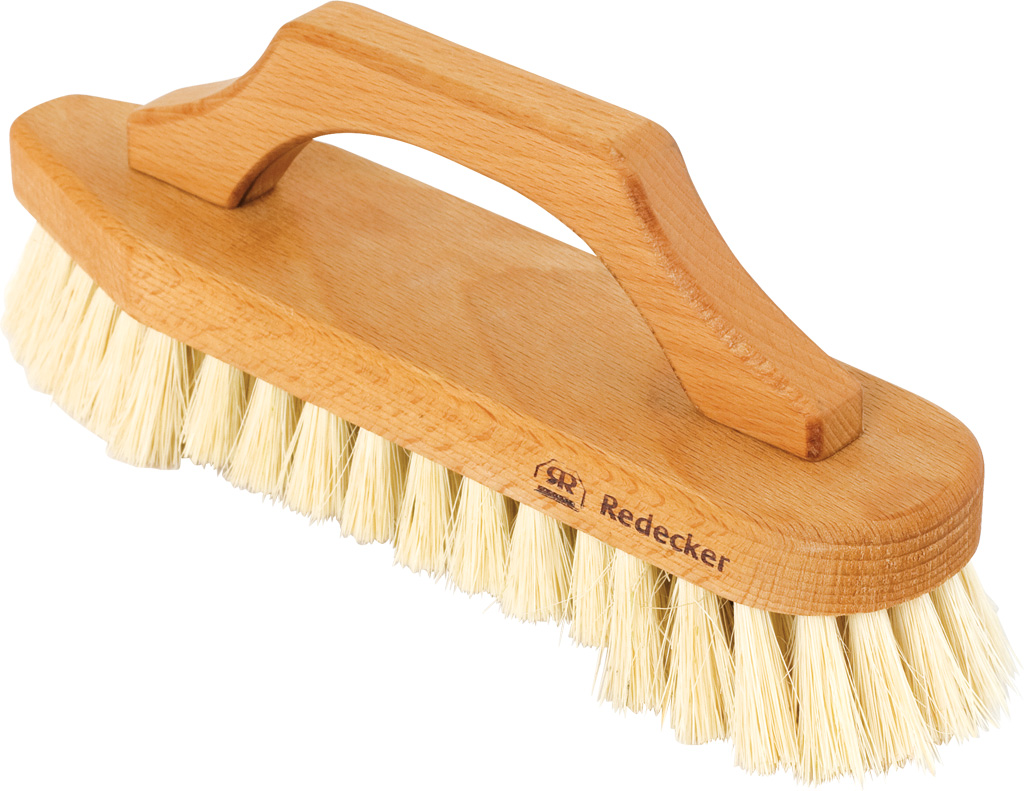Life gets messy. Mud splattered on the Jeep? Grime caked onto the patio furniture after a summer barbecue? Sometimes, a simple sponge just won’t cut it. That’s where the satisfying power of an outdoor scrub brush comes in. But not all scrub brushes are created equal. Choosing the right one can mean the difference between a quick clean and a frustrating struggle. This guide dives into the world of outdoor cleaning, focusing on how to select the perfect brush for your messy life – we’ll be tackling everything from brush bristle types to handle ergonomics, ensuring you’re well-equipped to tackle any dirt demon that dares to cross your path.
Why Bristle Type Matters: More Than Just Stiffness

The first, and arguably most important, consideration when choosing an outdoor scrub brush is the bristle type. Think of bristles as your cleaning army – the right type will conquer grime effectively and efficiently, while the wrong ones will leave you feeling defeated. Here’s a breakdown:
- Natural Bristles (e.g., boar, tampico): Often softer than synthetics, these offer excellent scrubbing power without excessive scratching. They’re great for delicate surfaces like painted wood or fiberglass boats, gently removing dirt without causing damage. However, they tend to wear down faster than synthetic bristles.
- Synthetic Bristles (e.g., nylon, polypropylene): Durable and long-lasting, synthetic bristles are available in various stiffness levels. Harder bristles are ideal for tackling tough, ingrained dirt on patios, driveways, and outdoor equipment. Softer synthetic bristles are a good all-around choice for a variety of surfaces.
- Mixed Bristles: Many brushes combine natural and synthetic bristles to leverage the best of both worlds – the gentle cleaning of natural bristles with the durability of synthetics.
Handle Power: Ergonomics and Reach

A long, uncomfortable handle can quickly turn a cleaning task into a chore. Consider these ergonomic aspects:
- Handle Length: Choose a handle length appropriate for the job. A longer handle is perfect for reaching high areas like gutters or the sides of a vehicle. A shorter handle might be more maneuverable for smaller cleaning tasks.
- Handle Material: Wood, plastic, and metal are common handle materials. Wood offers a comfortable grip, while plastic is lightweight and durable. Metal handles are generally the most robust but can be heavier and potentially cold to the touch.
- Handle Shape and Grip: Look for a handle with a comfortable grip that fits your hand. Contoured handles can reduce hand fatigue during extended use.
Brush Head Shape and Size: The Right Tool for the Job
The shape and size of the brush head are crucial for efficient cleaning. A wide brush head covers more surface area quickly, ideal for large areas like decks or patios. A smaller, more focused head is better for detailed cleaning tasks, such as scrubbing around delicate plants or intricate carvings.
Consider these options:
- Rectangular Heads: Great for covering large flat surfaces.
- Round Heads: Ideal for cleaning curved surfaces or getting into tight corners.
- Angled Heads: Offer better reach and maneuverability in tight spaces.
Cleaning Powerhouses: Materials and Construction

The construction of the brush itself is critical for longevity and effective cleaning. Look for:
- Secure Bristle Setting: Bristles should be firmly attached to the brush head to prevent shedding. Check for signs of loose or easily pulled bristles.
- Durable Head Material: The brush head material should be resistant to cracking or breaking under pressure. Plastic and wood are common options, with metal being the most durable but potentially heavier.
- Water Resistance: If you plan to use the brush with a hose, ensure it’s designed to withstand water exposure without damage.
Comparing Outdoor Scrub Brushes: Finding Your Perfect Match
Let’s imagine you’re comparing three popular outdoor scrub brushes: the “PowerScrub 5000,” the “CleanSweep Pro,” and the “EcoBrush.” The PowerScrub 5000 boasts a robust, all-metal construction with stiff nylon bristles, perfect for heavy-duty cleaning. The CleanSweep Pro offers a comfortable, ergonomic wood handle and a blend of natural and synthetic bristles, suitable for a variety of surfaces. The EcoBrush uses entirely natural tampico bristles and a sustainable bamboo handle, best for gentler cleaning and eco-conscious consumers.
Consider your specific needs. If you need to tackle stubborn stains on a concrete driveway, the PowerScrub 5000’s power is unbeatable. For cleaning a wooden deck, the gentler CleanSweep Pro might be the better choice. The EcoBrush appeals to those prioritizing sustainability and caring for delicate surfaces.
Practical Advice and Maintenance Tips

To maximize the lifespan of your outdoor scrub brush and ensure its effectiveness, remember these tips:
- Rinse thoroughly after each use: Remove all dirt and debris to prevent clogging and bacteria growth.
- Allow to air dry completely: Storing a wet brush can encourage mold and mildew.
- Avoid using harsh chemicals: Some chemicals can damage the bristles or handle of your brush.
Choosing the right outdoor scrub brush is an investment in making your cleaning tasks easier and more efficient. By understanding bristle types, handle ergonomics, and head design, you can equip yourself to tackle any messy situation with confidence. So, the next time life gets messy, grab that outdoor scrub brush and reclaim the sparkle!